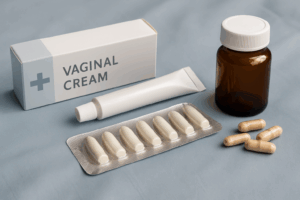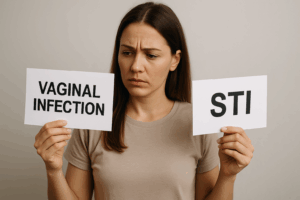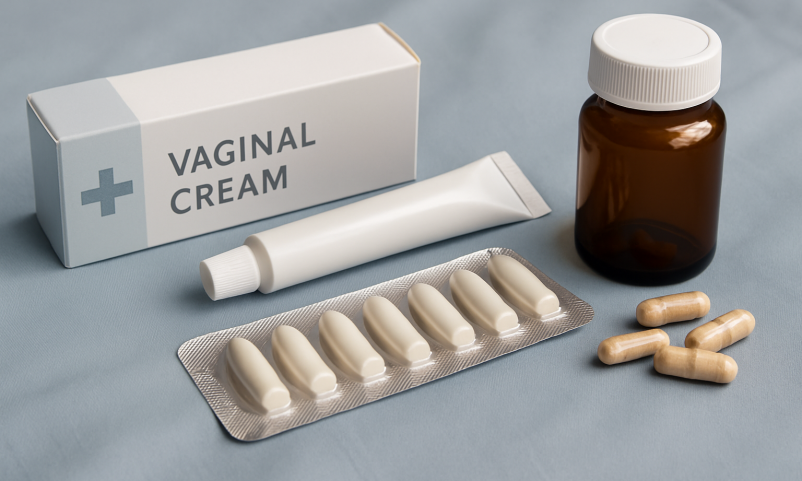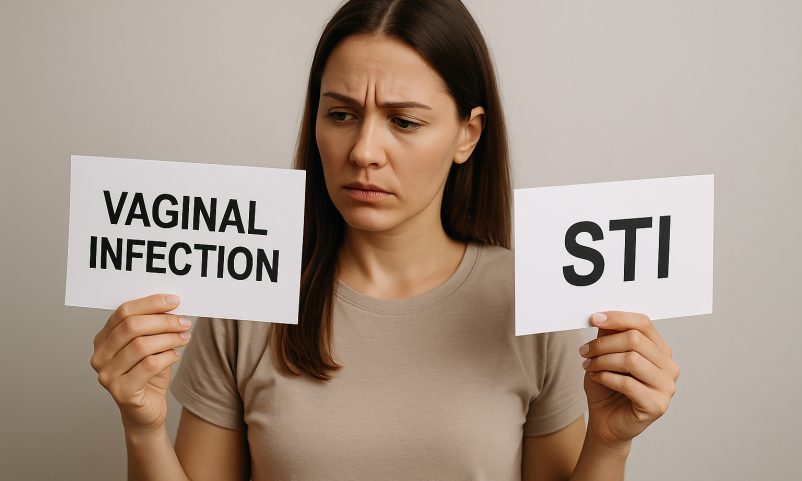IUD strings are thin threads attached to the end of an intrauterine device, extending slightly into the upper vagina. Their primary role is to help healthcare providers confirm the IUD’s position and allow for its safe removal. Many individuals wonder whether they should be able to feel these strings—and whether it’s a cause for concern if they can’t.
In most cases, both scenarios are completely normal. This article offers a clear, medically grounded overview to help you understand what IUD strings are, how to check them safely, and when to speak to your doctor. The goal is to support awareness, not anxiety.
What Are IUD Strings and Why Are They There?
IUD strings serve an important medical function and are a standard part of every intrauterine device. While they may seem unfamiliar at first, understanding their purpose can provide reassurance and help you feel more in control of your reproductive health.
Purpose of IUD Strings
IUD strings are essential for clinical care and self-monitoring. They allow healthcare providers to confirm the IUD’s correct placement during follow-up appointments and are used to remove the device when needed. The strings are not intended for daily checking but can be used for occasional self-checks, typically once a month.
During insertion, the strings are trimmed so they do not protrude excessively into the vaginal canal, helping to minimise any potential discomfort during daily activities or intercourse.
What Do the Strings Feel Like?
IUD strings are made of soft, flexible plastic, often described as feeling like thin fishing line. They usually extend just to the top of the vaginal canal and sit close to the cervix. Over time, they may curl or soften, making them less noticeable or more difficult to detect with the finger.
The sensation of the strings can vary between individuals, but their texture is not typically sharp or abrasive.
Is It Normal to Feel the Strings?
Yes, it is entirely normal to either feel or not feel your IUD strings. Some individuals can easily locate them during a self-check, while others may not detect them at all. Both situations can be medically acceptable, as long as there are no accompanying symptoms like pain, unusual bleeding, or signs of expulsion.
Knowing how to check your strings occasionally can help you stay informed about your IUD’s position without causing unnecessary worry.
During a Self-Check
If you choose to check your IUD strings, it’s recommended to do so once a month after your period. Here’s a safe and simple method:
- Wash your hands thoroughly with soap and water.
- Either squat or lie down in a comfortable position.
- Gently insert a clean finger into your vagina until you reach your cervix (it may feel like the tip of your nose).
- You may feel the IUD strings as soft threads near or around the cervix.
Avoid pulling or tugging on the strings. This self-check is intended to help you confirm presence, not to manipulate or adjust the device.
If You Can’t Feel the Strings
Not being able to feel your IUD strings doesn’t necessarily mean something is wrong. Common explanations include:
- The strings may have curled back into the cervix.
- They may have been trimmed short during insertion.
- The uterus may have shifted slightly, altering the strings’ position.
If you’re unable to feel the strings and also experience symptoms like cramping, unusual discharge, or bleeding, it’s advisable to consult your doctor.
Can Your Partner Feel the Strings During Sex?

It’s possible for a partner to notice IUD strings during intercourse, though this varies depending on the string length, position, and the couple’s sensitivity. Generally, the presence of strings does not interfere with sexual activity, and most partners do not find them bothersome over time.
What Your Partner Might Notice
Some partners may initially feel the IUD strings during intercourse, particularly if the strings are still firm shortly after insertion. Over time, however, the strings usually soften and may curl upward, making them less noticeable. In most cases, this does not affect the sexual experience or cause lasting discomfort.
What to Do If It Causes Discomfort
If the strings are causing discomfort for your partner, it’s important not to attempt trimming them yourself. Instead, consult your doctor. A healthcare provider can assess the situation and, if appropriate, shorten the strings slightly.
It’s worth noting that trimming the strings too short may make future IUD removal more complex. Your doctor will weigh these considerations and guide you accordingly.
When Should You Check Your IUD Strings?
Routine self-checks of your IUD strings can offer peace of mind, but they do not need to be done frequently. The goal is to be aware of any significant changes rather than to monitor the strings daily. There are certain times when checking is more advisable.
After Your Period
The end of your menstrual cycle is a good time to check your IUD strings. Menstruation is one of the periods when an IUD is most likely to shift or, in rare cases, be expelled. Performing a gentle check after your period can help you stay aware of the IUD’s presence.
It’s important to look for any noticeable changes in the position or feel of the strings rather than expecting them to feel the same each time.
After Insertion or Unusual Symptoms
You may also be advised to check your IUD strings a few weeks after insertion to ensure the device is still in place. Additionally, if you experience new symptoms such as persistent cramping, spotting, pain during intercourse, or unusual bleeding, a self-check may provide useful information before visiting your doctor.
Use of backup contraception is only necessary if your healthcare provider recommends it, especially if there is uncertainty about the IUD’s position.
What to Do If You Can’t Feel the Strings
Not being able to feel your IUD strings can be unsettling, but it is not always a sign that something is wrong. The strings can become more difficult to detect over time for several reasons, and many of these do not require urgent medical intervention. However, understanding the possible causes and appropriate next steps can help you respond confidently and safely.
Possible Reasons
Several factors can explain why your IUD strings might be difficult or impossible to feel:
- Strings have curled or softened: Over time, the strings may curl around the cervix or soften, making them less noticeable.
- Shift in uterine position: Natural changes in the uterus or cervix can alter where the strings sit.
- Expulsion of the IUD: In some cases, especially soon after insertion, the device may shift or be expelled.
- Rare: uterine perforation: Although uncommon, the IUD may move through the uterine wall. This typically requires medical imaging to confirm.
What’s the Next Step?
If you cannot feel your strings, avoid attempting to find or adjust them yourself. Inserting objects or probing deeply may cause discomfort or injury.
- Do not use tools or mirrors to search for the strings.
- Do not trim or manipulate the strings at home.
- Contact your doctor if you’re concerned, especially if you have symptoms like pain, bleeding, or unusual discharge.
- Use backup contraception only if advised by your healthcare provider.
Your doctor may perform a pelvic exam or order an ultrasound to confirm the IUD’s position and ensure it is functioning as intended.
When to Call Your Doctor
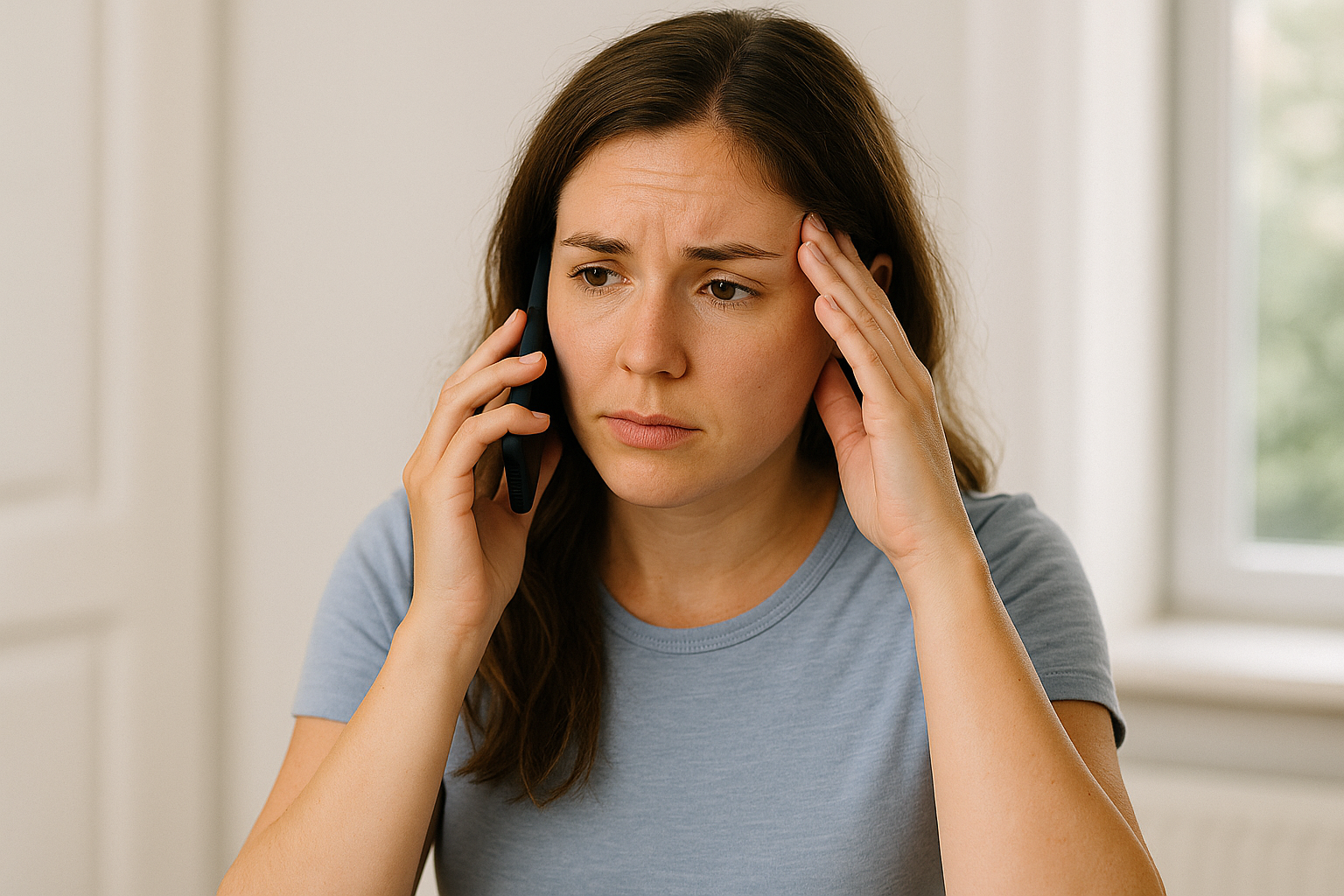
While occasional difficulty feeling your IUD strings can be normal, there are certain symptoms that warrant medical attention. Prompt consultation ensures any potential issues are identified and managed early.
You should contact your doctor if:
- You cannot feel the strings and are experiencing symptoms such as cramping, spotting, or pelvic pain
- Your partner feels a sharp or poking sensation during intercourse
- You detect hard plastic or suspect that the IUD may have moved or been expelled
In any of these cases, a medical assessment can confirm whether the IUD is still in place and functioning properly.
FAQs About IUD Strings
Can I cut my IUD strings myself?
No. Only a trained healthcare professional should adjust or trim the strings to avoid complications.
Should I check my strings every day?
No. Checking once a month after your period is typically sufficient unless advised otherwise by your doctor.
Will trimming the strings make removal harder later?
Yes. If the strings are cut too short, removal may require special instruments or an ultrasound-guided procedure.
Conclusion
Being able—or unable—to feel your IUD strings is generally considered within the range of normal. These strings play an important role in confirming the device’s placement and supporting safe removal when needed, but their position and feel may vary from person to person.
A gentle self-check once a month after your period can help you stay informed. More importantly, pay attention to any changes in symptoms, and consult your doctor if you notice anything unusual. Medical guidance remains essential for ensuring your IUD continues to serve its purpose effectively and safely.



